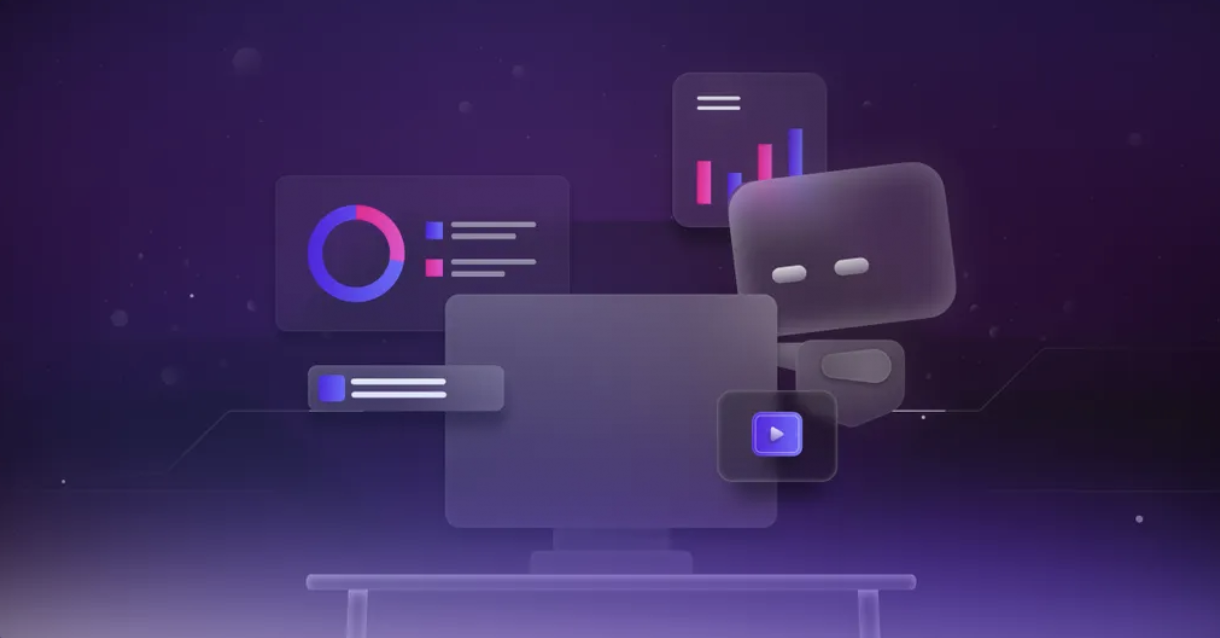2D Animation on a Budget: How Scalable Workflows Save Time and Money
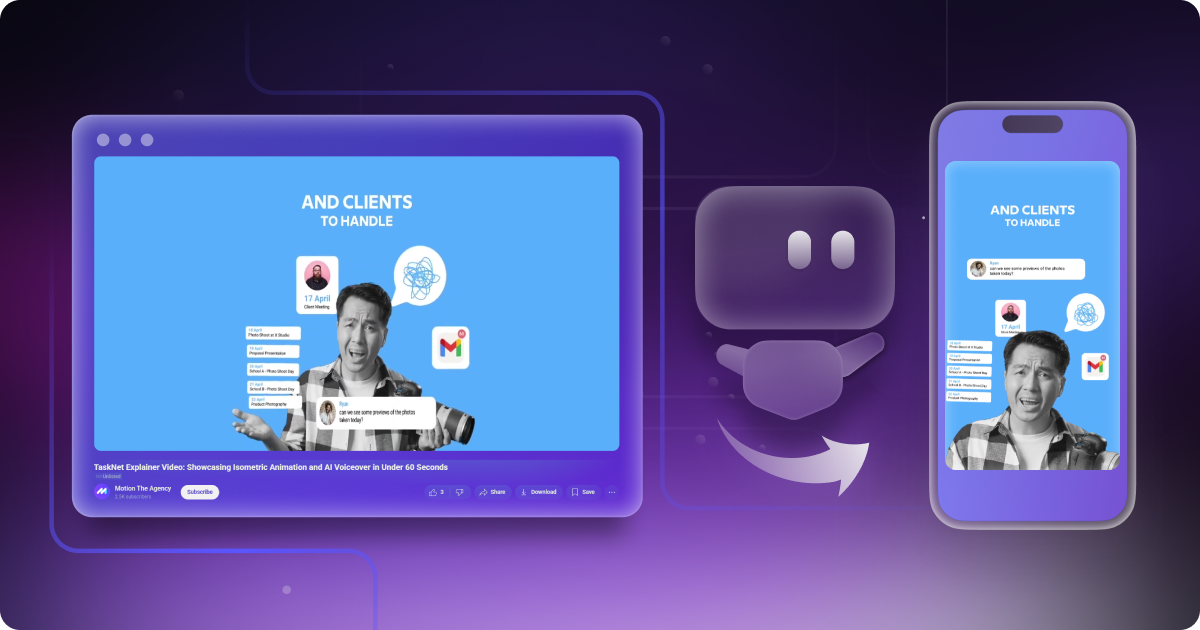

table of content
In our “Who Uses 2D Animation” blog, we mentioned that one big reason a lot of SaaS and AI startups choose to work with a 2D animation agency or invest in 2D animation services is because it’s easier to scale and reuse assets. And when we say “reuse,” we don’t mean copy-pasting from one project to another. It’s more about repurposing assets that can be easily tweaked, updated, or resized so the team doesn’t have to rebuild everything from scratch every single time.
So, why does that matter? Because 2D animation isn’t just creative, it’s also one of the most cost-efficient and flexible marketing tools out there. It works for pretty much any kind of company, from early-stage startups to established enterprises, and fits easily into any industry. The beauty of 2D animation is that you can reuse and adapt existing content for new campaigns, platforms, or audiences. That means less production time, lower costs, and more consistency across all your marketing channels.
It also gives brands the confidence to plan content ahead, knowing they’ve already got plenty of visuals and assets ready to go. In this blog, we’ll dive into why 2D animation is the perfect tool for scalable marketing, and how our team at Motion The Agency uses it to make projects faster, smarter, and more efficient.
Before we get into that, let’s first talk about what scalability actually means in animation.
What scalable 2D animation production eans (and how it saves you money)
When we talk about scalable 2D animation production, we’re really talking about making your creative process more flexible. It’s about being able to adjust a project’s size, speed, or complexity without losing quality. Whether that means taking on more work, meeting tighter deadlines, or working within smaller budgets, the goal is simple: keep things looking sharp while working smarter.
Scalability isn’t about doing more for the sake of it. It’s about doing things better and faster. That could mean reusing visuals, building modular scenes, or automating repetitive tasks that slow the team down. For example, you can take one animation and resize it for LinkedIn, YouTube, and Instagram, or clip a 30-second segment from a longer explainer to create a short social post. These small adjustments save time and reduce costs because you’re getting more value from every animation.
Not every 2D project is built to scale, and that’s okay. Frame-by-frame animation looks beautiful but can’t be reused easily since each frame is drawn individually. Vector-based and motion graphic styles, on the other hand, are far more flexible. You can repurpose and adapt assets for new projects without starting over. This approach means faster turnarounds, consistent visuals, and less production stress.
At Motion, we focus on making production smoother and smarter. Here’s how we do it:
- Workflow optimization – We break projects into clear stages so nothing gets messy between pre-production, animation, and delivery.
- Tools and technology – We use vector workflows, automation, and cloud storage to speed things up and keep assets easy to share.
- Smart planning – We manage time, costs, and resources efficiently so every project stays on track.
- Quality control – We use templates and review cycles to ensure everything meets the same high visual standard.
That’s what scalability really looks like in 2D animation. It’s about creating a system that helps you work faster, spend less, and maintain high quality no matter how big the project gets.
Reusing assets isn’t something unique to 2D animation. All three types of production — 2D, 3D, and live action — can repurpose content in their own ways. Live action teams might batch shoot extra footage for future campaigns, while 3D studios reuse models or textures to speed up new projects.
Even so, 2D animation stands out for its scalability. It’s flexible, lightweight, and ideal for fast-paced marketing or educational content that needs to adapt quickly. The real advantage comes from vector graphics. Vectors are resolution independent, so they can be resized, recolored, or reshaped without losing quality. One well-built vector asset can easily move between formats — from a 4K video to a vertical social clip — without being rebuilt from scratch.
3D and live action both have their strengths, but they’re harder to scale. 3D often requires advanced tools and larger teams, while live action depends on people, locations, and logistics. With editable vector files and modular workflows, 2D animation keeps production fast, consistent, and cost-efficient, all while leaving plenty of room for creativity.
So, what is vector and why does it make 2D animation scalable?
We mentioned vector quite a lot in this blog, so what exactly is vector? Unlike regular images that are made of pixels, vectors are built from mathematical paths. That means you can resize, recolor, or edit them as much as you want without losing quality. Once a scene is built, it’s simple to tweak colors, move things around, or adjust proportions without starting over. This kind of flexibility saves a ton of time and helps cut production costs since you’re not rebuilding assets from scratch every time.
To keep that flexibility, it’s smart to save assets in vector file formats like .ai, .svg, or .fla. These formats let you scale your designs up or down while keeping everything crisp and sharp. When you pair that with vector-based software that supports automation, you can update multiple versions or platform formats in just a few clicks.
The best part about vectors is how easy they are to modify. In 3D or live action, even a small change might require re-rendering or reshooting an entire scene. With 2D vectors, you can make updates instantly, whether you’re changing a color, adjusting the aspect ratio, or translating text for a new audience. It’s quick, efficient, and one of the main reasons 2D animation is such a cost-effective way to create scalable content.
Do we actually do this at Motion The Agency?
If the question is have we done it, then the answer is yes, we definitely have, and probably have been for years. But if the question is how we do it at Motion The Agency, well, there’s no simple answer. We’ve had our fair share of trial and error, and we’ll talk about it here.
We do it in two ways:
- General asset bank: Universal assets that we’ve noticed are commonly used by many of our clients, such as cursor clicks, buttons, and UI icons that can be easily recolored or styled for each project.
- Client-specific asset bank: Built for returning or subscription clients; includes logo animations, custom UI elements, or brand motion styles that are frequently reused.
Real project example:
Tasknet/Tasker
We actually created a case study about this project, so if you want to dive deeper into the full story, you can check it out for more details.
This client first came to us for an explainer video project, and not long after, they returned for a full web design and rebranding through our subscription model. Since we had already worked with them on the video, jumping into the website project felt super natural. By then, we already understood their visual direction, tone, and the kind of personality they wanted their brand to show. That made it easy for our team to keep things consistent while still pushing the creative forward.
We also had a library of vector-based UI animations from the explainer, which gave us a solid starting point for the website. Instead of rebuilding everything from scratch, we refined and adapted those same elements to fit the new platform. For this blog, take a look at the 0:19 timestamp in the video. The animation you see there became the foundation for the hero section of their website. It’s a great example of how reusing and repurposing assets can speed up production, keep branding consistent, and still make the final result feel fresh and original.
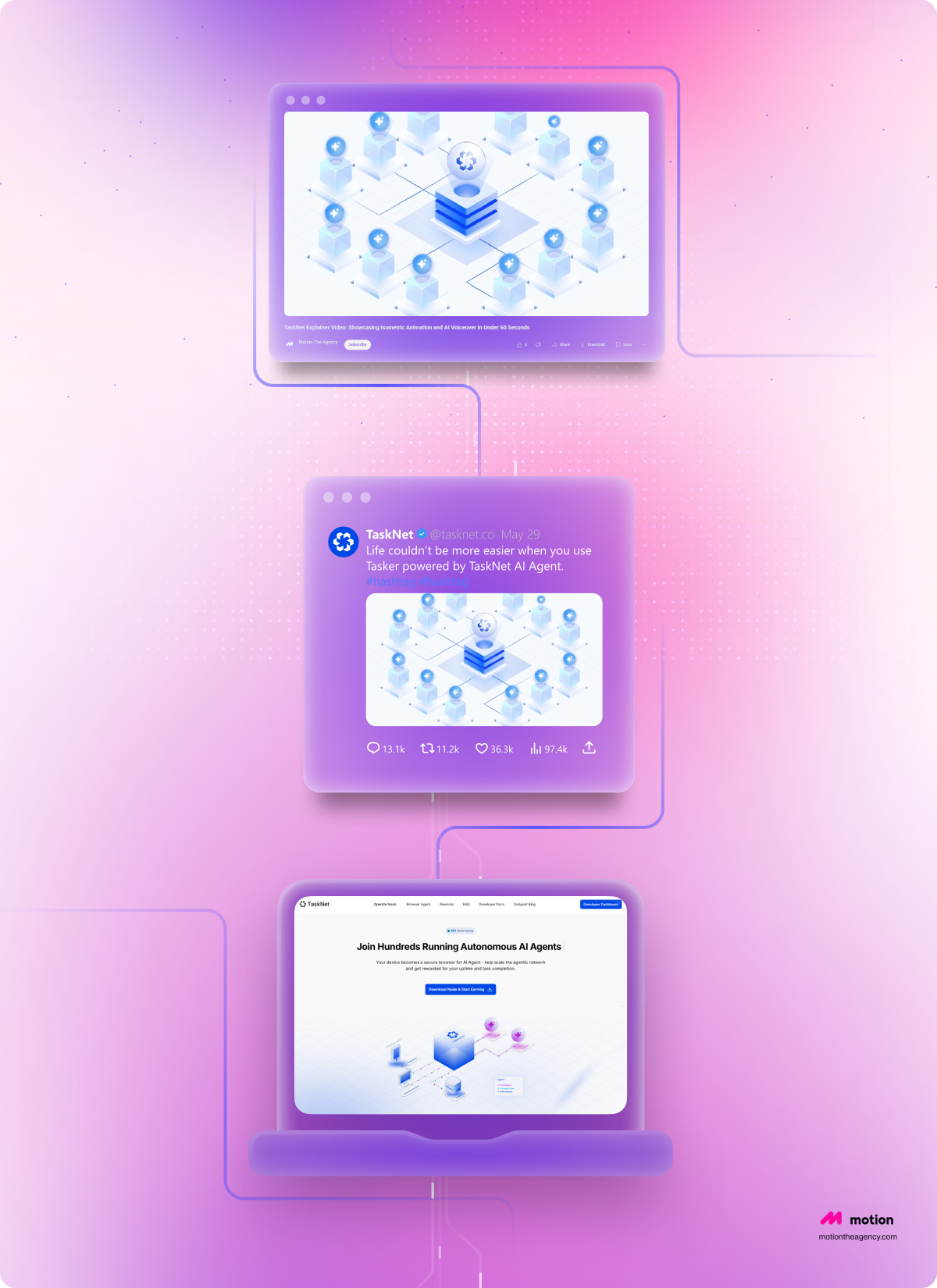
Take a look at the image above of their homepage hero animation. While it’s not exactly the same as what we created for the original explainer video, you can clearly see how we reused the core animation elements and adjusted them to fit the new platform, which in this case is their website. That approach made the entire process faster and helped us keep everything visually consistent with what we had done before.
They’re still one of our active clients today, and we continue to reuse and refine those same assets across new projects, from pitch decks to marketing collateral, keeping everything fresh, cohesive, and true to their brand identity.
GotPhoto
Another great example of how we reuse 2D animation assets is with GotPhoto. In the graphic above on the Taskenet section, you can see how some clients reuse not just their assets but even parts of their videos to create shorter versions for specific goals. For example, a full-length video might be made for a YouTube launch or product release, while a shorter cut focuses on one key message for social media or ads.
GotPhoto has been one of the biggest users of this workflow. During their nine-month subscription, we created more than 20 videos, repurposing existing animations, effects, and full scenes to keep everything consistent and on-brand. We talked about this project in more detail in our GotPhoto case study, so feel free to check it out here. In this blog, we’ll focus on the two videos attached in this section and how they bring this approach to life.
At first glance, you might not notice the assets we repurposed between these two videos. But if you look closely, you’ll see quite a few reused design elements, like the stars and other small background details (check out 0:20 in the first video and 0:26 in the second). They might seem minor, but those little touches are what make the video stand out. We also reused some of the cursor and hand-click animations from our general asset bank, not to mention the same stylized UI animation movements tha we use for both. By taking care of these smaller finishing details early, our team was able to focus more on refining the storytelling and flow while still keeping up with GotPhoto’s other ongoing projects.
Why we do it this way here at Motion The Agency?
creativity. It helps us keep things consistent across projects while giving our animators and storyboard artists more freedom to experiment, even when deadlines are tight. One of our biggest strengths at Motion is our 48-hour turnaround, and that’s possible because of smart repurposing, not repetition.
That doesn’t mean we just copy and paste from one project to another. Every piece is still customized and refined to match the client’s brand and style. We reuse elements like icons or transitions when it makes sense, but hero visuals and key moments are always created from scratch to keep every project original and fresh.
This approach keeps production faster, more cost-effective, and easier on our team. By reusing the right assets, we save time, stay flexible, and maintain the creative standards that define Motion, all while delivering high-quality work every time.
So, should you chose 2D animation?
Well, this isn’t something we can answer directly. Cost is definitely an important factor when planning a video, but it’s not the only thing to think about. From branding to timeline and a bunch of other factors, picking the right video style goes beyond just the price tag.
That said, we’ve recreated some of our past projects in both 2D and 3D to highlight the difference. It’s essentially the same video, just with a different animation style. If you’re still unsure which one to choose, feel free to check it out! And for more inspiration, head over to our Our Work page!
Conclusion
We’ve talked a lot on our site about how different types of videos, whether for marketing, branding, or internal communication, can bring real value to a business when they’re done right. But if we’re talking about getting the most value for your budget, 2D animation takes the win. It’s one of the fastest types of video to produce, especially in motion design, and many of its assets can be repurposed across multiple projects. That means you can create more content in less time without rebuilding everything from scratch.
What makes 2D animation even more powerful is its scalability. Being able to reuse and adapt assets gives companies a big advantage in terms of speed, consistency, and creativity while keeping production costs under control. With the right vector assets and a solid asset management system, studios like ours can turn around projects faster without losing quality or the human touch that makes great animation stand out.
At Motion The Agency, this approach keeps us flexible, efficient, and fully aligned with what our clients care about most: high-quality results, fast. If you want to see how we do it, check out our 2D Animation Services and book a quick call to get started.

Contact Us
Ready to elevate your brand? Contact us for your
Free Custom Video Sample
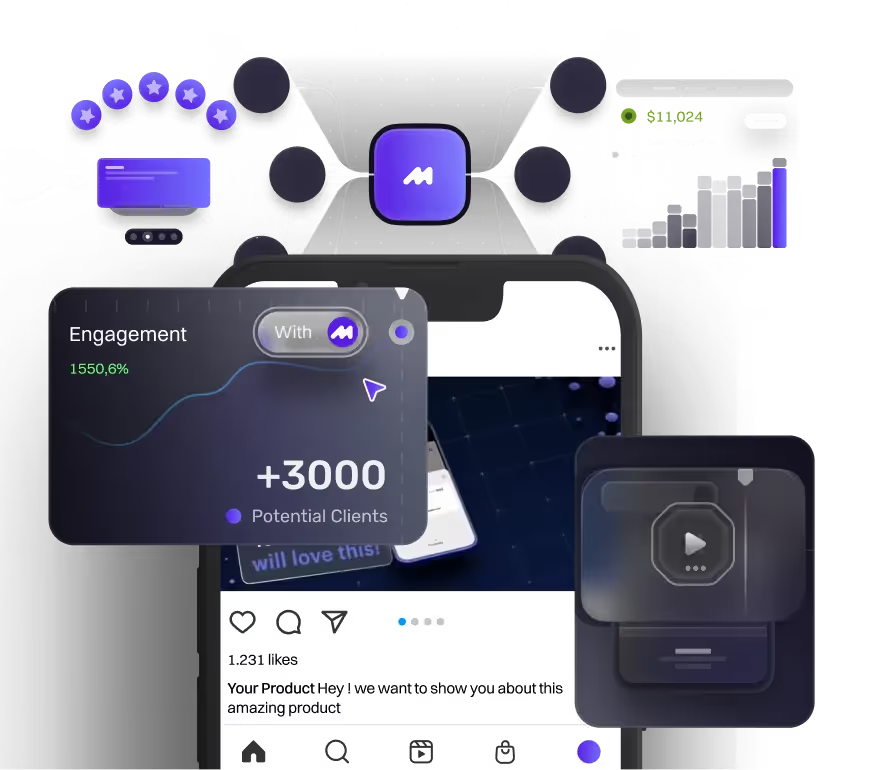






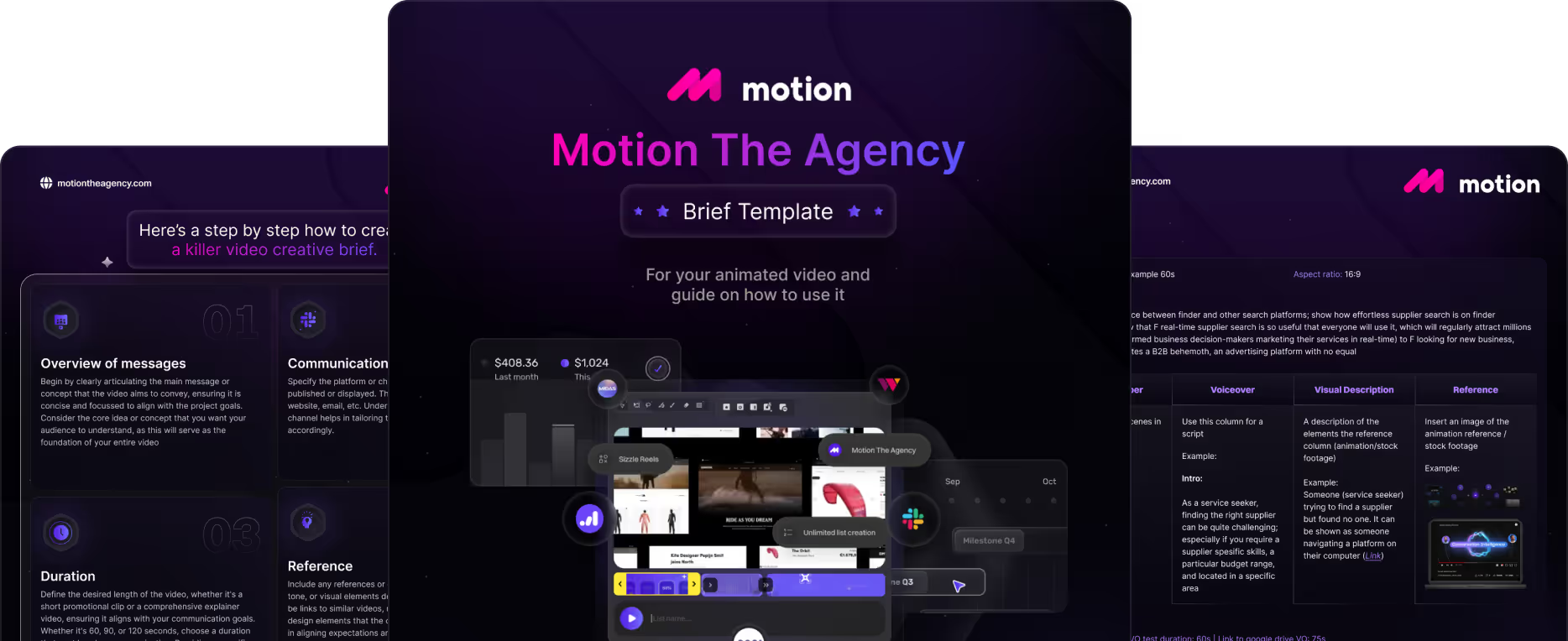
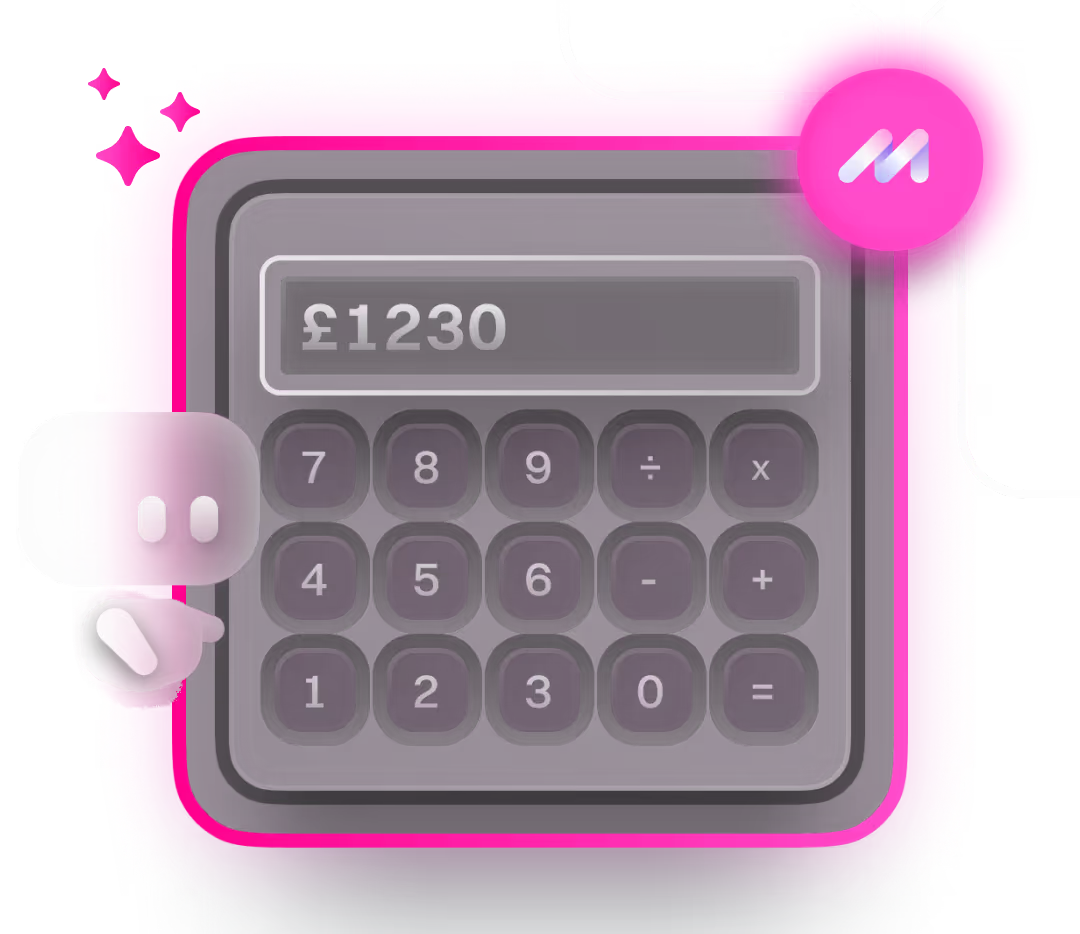

.png)
